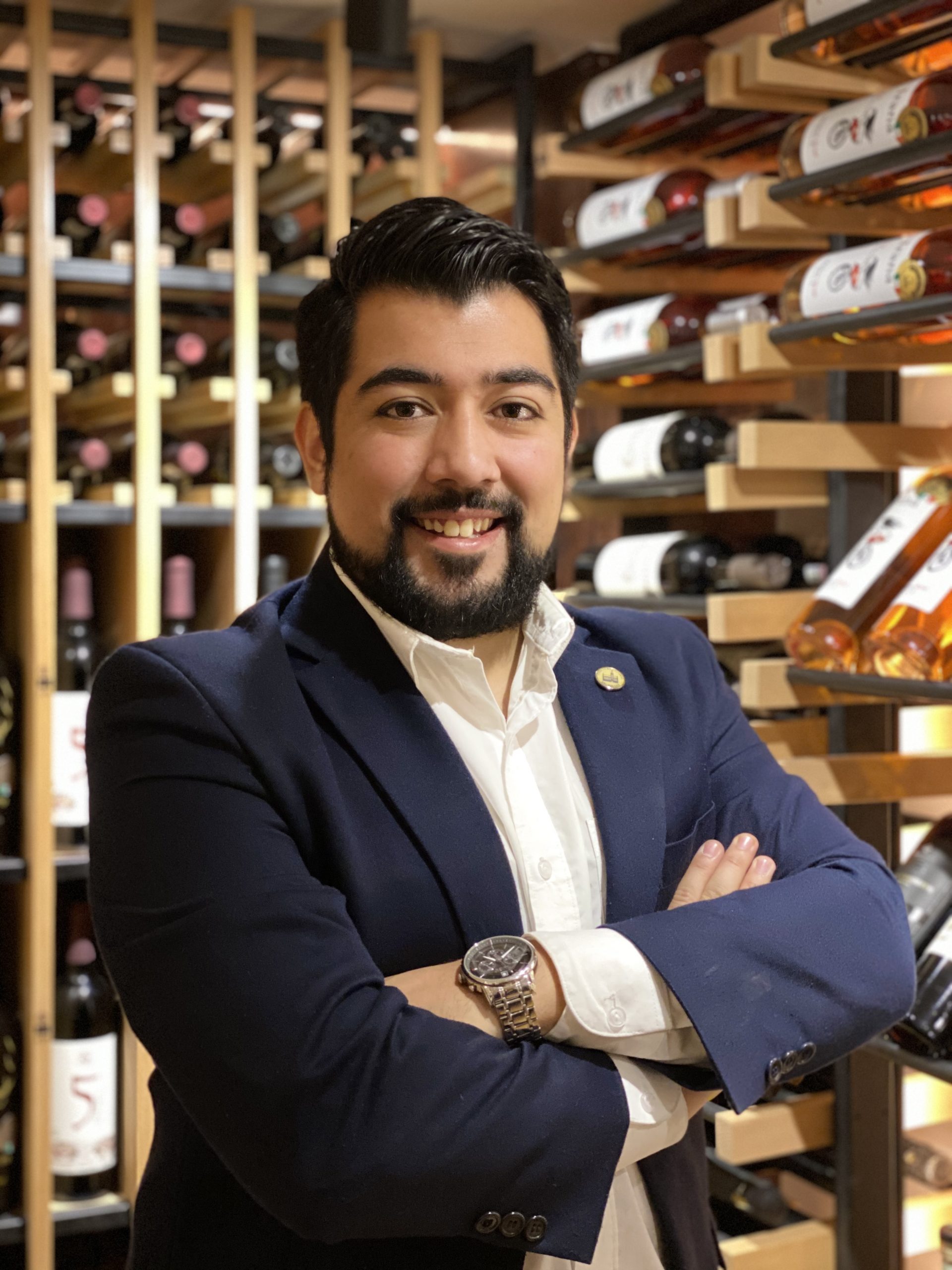
Manuel Negrete, 28, serves on the ASI Marketing Team as social media assistant and translator of the ASI newsletter into Spanish. He was also active in the Mexican Sommeliers Association during the Marcos Flores Tlalpan presidency (2016-2019), acting as their head of social media and communications. Manual is a Silver ASI Diploma holder (Nº 3098) and Certified Sommelier by the CMS-A. He was also the 2nd runner-up at the Concurso Nacional de Sommeliers 2017 (Mexico’s Best Sommelier 2017) and was awarded winner at the Master of Champagne 2018 contest in México. Manuel holds a BA in Economics and has been a sommelier since 2013 as well as an educator at the Academia Mexicana de Sommeliers (Mexican Sommeliers Academy) since 2017. He collaborates with wine articles for “Reforma,” the largest and most important newspaper in Mexico. Manuel works as sommelier at the Wine Bar by Concours Mondial de Bruxelles in Mexico City.
How does alternative packaging affect customer purchasing decisions in your country?
A lot, since México is a developing country in many ways, including wine. People react quickly to how the products are shown to the market, so a new kind of packaging will always draw attention. Then again, there are always old-fashioned people who stick with the glass bottle and cork to seal it. Even if it’s a plastic bottle, some of them would rather have that than a screw cap, for example.
How much does sustainability play a factor into whether or not a wine is included on your wine list or inventory?
Not so much since my wine list depends on other factors. I work at the Wine Bar by Concours Mondial de Bruxelles, so we only have wines awarded by its different platforms. Even so, I’ve noticed that this feature is becoming more and more important.
Do you notice a difference in the ways that wines with alternative closures age?
Yes, I’ve had the chance to actually taste the same wine with different closures and you always notice a difference, I think I love the “still” effect you get from screw caps for the young whites, it keeps them fresh, but you’ve got to love how a good red wine evolves with closures that allow for some oxgen exchange.
How open are wine consumers in your country to alternative closures?
It’s difficult to say, but I think it has to do more with the age. Young people think that cans, bag-in-box and screw caps are easier and more practical, but you see how people above 40 kind of struggle to trust a wine that comes without a traditional cork. What’s interesting is that many people who actually give other closures or packaging a chance often seem happy with the outcome.
Are alternative closures considered to be a feature or a flaw?
Totally a feature. Amidst all the changes last year, it took some new approaches to solve the problems related to things that used to be simple. Closures, together with packaging and the people who sell them (or even open them, like me!), had to adapt. So offering different solutions is a key to evolve. There’s always someone who will think that’s genius, and someone who thinks it’s the worst idea, but then again, that’s life, and that’s how things change through time.

